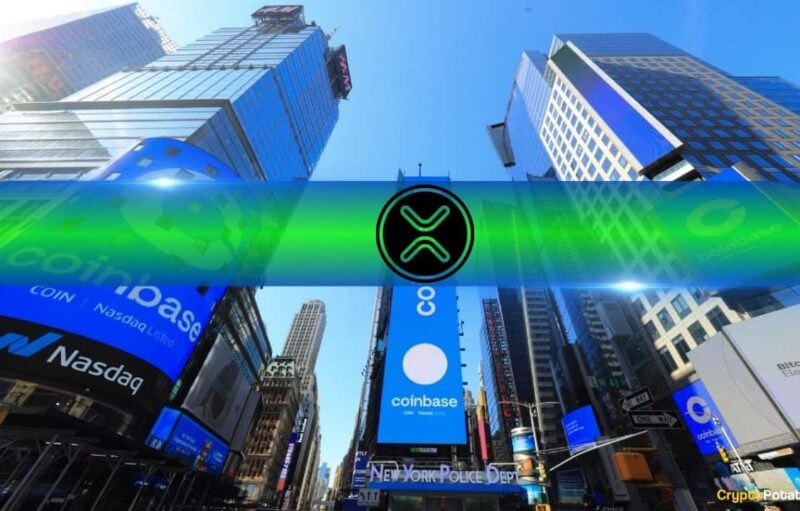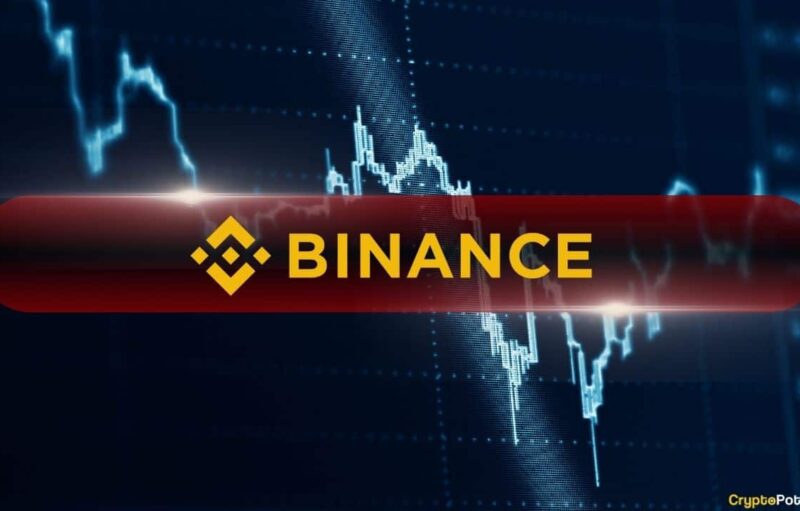Cryptocurrency investors in the United States have two notable exchanges to choose from — namely, Coinbase Pro and Binance.US. Though there are several other options as well, these exchanges are operated by two of the most recognizable crypto companies in the world, both of which have a major U.S. presence.
In this review, we’ll break down the technical details of each exchange, with a focus on trading volumes and liquidity. We’ll also look at each exchange’s cryptocurrency listings, trading fees, activity limits, and security practices. Finally, we’ll add everything up and determine each exchange’s strengths and weaknesses.
Background
Coinbase is a long-established company: founded in 2012 with a basic trading platform, it launched its exchange in 2015. It was known then as GDAX, and was renamed to Coinbase Pro in 2018.
Binance was created in 2017, but it has overtaken Coinbase in many ways. Unfortunately, Binance barred American users from its global exchange this summer for regulatory reasons. In order to continue serving American customers, Binance.US opened a separate, smaller exchange called Binance.US this Fall.
Trading Volumes
Coinbase does not report volumes for its non-Pro exchange, so some data may be missing, but it consistently ranks among the five largest exchanges by trading volume. Coinbase Pro consistently handles $100-200 million of volume per day, according to CoinGecko statistics:
30-day trading volumes for Coinbase Pro via CoinGecko
Binance typically ranks as the largest exchange on the market, but naturally, Binance.US is much smaller given that it only serves one country. That said, Binance.US is still active enough to rank among the top 15 exchanges on a regular basis. Binance.US regularly handles $5-10 million per day, according to CoinGecko:
30-day trading volumes for Binance.US via CoinGecko
Both exchanges appear to report legitimate volumes. Though Bitwise detected fake volumes on several major exchanges this year, it included Binance and Coinbase in a list of exchanges with real trading volume. Though Binance.US was not active at the time, it seems likely that Binance applies the same standards universally.
Exchange Liquidity
Liquidity is another way to evaluate exchanges. This is the speed at which a cryptocurrency can be bought or sold without affecting its price. By extension, exchanges with high liquidity can offer faster trades and better prices to users. Trading volumes provide some insight into this, but they are not the most direct way to measure liquidity.
CryptoWatch is one site that calculates liquidity based on a bid/ask formula. It suggests that Binance.US has $4 million of liquidity, while Coinbase Pro has $15 million of liquidity. Though Binance has been criticized for its low liquidity, both exchanges seem to have sufficient depth for the amount of activity they experience.
Both exchanges are also attempting to improve their liquidity in practical ways. Binance.US has partnered with the crypto brokerage Tagomi to onboard more investors and improve its liquidity. Meanwhile, Coinbase Pro as tweaked its fee structure to incentivize market making – a strategy that affects liquidity, as explained below.
Trading Fees
Exchanges achieve liquidity partially through fee structures that attract market makers – investors who place orders that add volume to the order book, or orders which can be matched in the future. Binance.US and Coinbase Pro both offer significant fee discounts to market markets in order to attract this activity.
Typically, exchanges offer low fees to high-volume investors as well. Binance.US’s trading fees begin at 0.1% while Coinbase Pro’s fees start at 0.5%, but both offer fees as low as 0%. Each exchange offers its lowest fees to users who invest millions of dollars, but general investors may be able to take advantage of mid-tier discounts.
Trading Limits
Exchanges with high liquidity generally offer high trading limits. This is certainly the case with Coinbase Pro, which offers unlimited trading. Binance.US does impose limits on trading, but most users will find those limits sufficient – BTC/USD orders, for example, cannot be larger than 3200 BTC ($20 million), though these limits vary.
On top of this, each exchange limits bank transfers. Coinbase Pro allows users to make unlimited deposits and withdraw up to $10,000 per day (or request higher limits). Binance.US allows investors to withdraw or deposit up to $1 million via bank wire, and it also allows users to deposit up to $30,000 via ACH bank transfers.
Supported Cryptocurrencies
Both exchanges are fairly selective about their listings. Binance.US offers 46 trading pairs for 26 coins, while Coinbase Pro offers 53 trading pairs for 22 coins. There is some overlap between each exchange’s listings, but investors may find it necessary to use both exchanges depending on which coins they plan to invest in:
Security
Like all other centralized exchanges, Coinbase Pro and Binance.US manage user keys, meaning that they are responsible for their users’ funds. As such, both exchanges follow standard security practices – each exchange offers two-factor authentication (2FA) and FDIC insurance, among other features.
Both companies have good track records. Binance was hacked for $40 million this May, but the company quickly regained its losses and users were not affected. Coinbase, for its part, successfully avoided a phishing attack this August. Coinbase also fell victim to a user data leak in 2015, but this did not result in stolen funds.
Supported Locations
Both exchanges are based in the U.S., but their services are not available in every region. Coinbase Pro is licensed to operate in 45 states, though it explicitly excludes Hawaii from its services. Binance.US is available in all but 13 states, as listed in this blog post – though the company is making an effort to expand its services.
Of course, both companies operate outside of the United States as well. Coinbase serves over 100 countries worldwide, and Binance serves users from over 190 countries. Binance also offers two regional exchanges: Binance Jersey in Europe and Binance Uganda, meaning that investors outside of the U.S. have many options.
Summary
Ultimately, it is a good idea to choose an exchange with high liquidity in order to take advantage of faster trading, lower trading fees, and better overall service. For the same reasons, it is important to look for an exchange that reports legitimate trading volumes – or an exchange that simply has a good reputation.
Binance.US and Coinbase Pro both measure up very well against this criteria. Each exchange seems to report authentic trading volume, and each seems to have substantial liquidity. Of course, Binance.US and Coinbase Pro are not perfectly equal due to the fact that each platform serves a different market.
Despite their differences, each exchange has unique strengths. Coinbase Pro is more mature, serves more U.S. states, and offers higher trading limits. Binance.US has a larger parent company, lower fees, and higher bank transfer limits. Each platform also has a unique set of listings — which might be the deciding factor for some investors.
The post appeared first on CryptoBriefing







